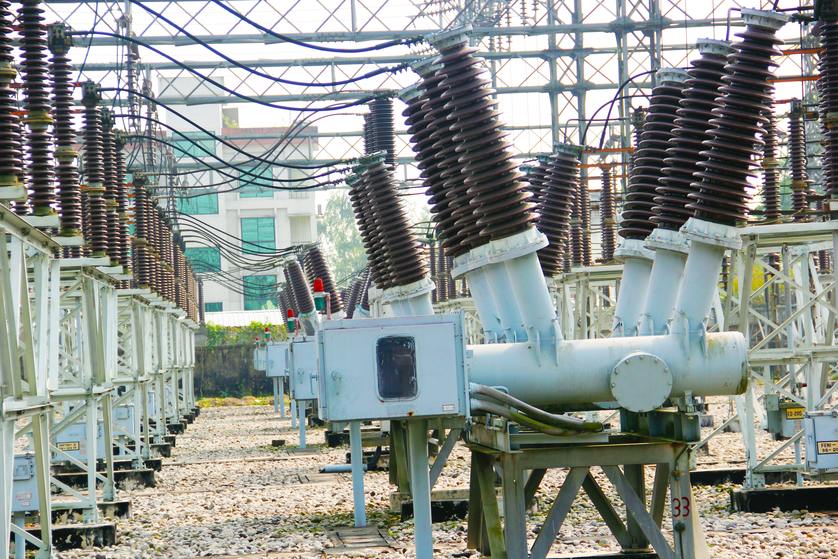A Guide to Transformer Components

Electrical transformers help transfer electricity from one circuit to another, changing voltage levels while maintaining the frequency. Transformer facilities are meant to step up or down electric power with minimum power loss.
Transformers are comprised of a number of components, each playing an essential role in delivering power. In order to keep each transformer component working properly, proper protection should be installed. Keep reading to learn more about transformer components and how our Critter Guard products can help prevent power disruptions.
Main Transformer Components
- Core: The transformer core is responsible for transmitting power from one source to another through magnetic induction. The core's material has a high magnetic permeability.
- Winding: There are two windings in a transformer, primary and secondary winding. The primary winding draws power from the source, while the secondary winding delivers the stepped electricity to the load. These two windings are not electrically connected but linked magnetically. Varying the number of turns in any of the windings leads to a change in output voltage.
- Insulating Material: Insulation is crucial in transformers. Improper insulation can lead to transformer damage. Insulating materials are used to separate the primary and secondary windings as well as the transformer core.
- Transformer Oil: Transformer oil is used for cooling and insulating the core and coil assembly. Good transformer oil should have excellent thermal conductivity, chemical stability, and high dielectric strength.
- Oil Conservator: The oil conservator is the element located above the transformer tank. Usually, transformer oil does expand and contract due to temperature changes. Therefore, the conservator provides room for expansion.
- Bushing and terminal: Incoming and outgoing cables are connected to the transformer through terminals. Terminals are mounted upon bushings connected to winding ends.
- Tap changer: A tap changer is used to adjust the transformer's secondary voltage. It will change the turn ratio of the transformer as required.
- Cooling tubes: Cooling tubes help improve the cooling efficiency of oil by maintaining oil temperature by dissipating excess heat.
- Breather: As oil expands and contracts to and from the conservator, air flows in. This air must be free from moisture, and thus, the primary function of the breather is to remove moisture from the air.
- Tank: It protects the core and winding from the external environment and supports all other transformer accessories.
Keeping Animals Away from Transformers and Power Lines
At Critter Guard, our Line Guard and Pole Guard products are designed to prevent wildlife from interfering with transformers and other power utilities to reduce power outages. To learn more about our wildlife control products and how they can protect transformers and your power supply, contact us today!
- Choosing a selection results in a full page refresh.


